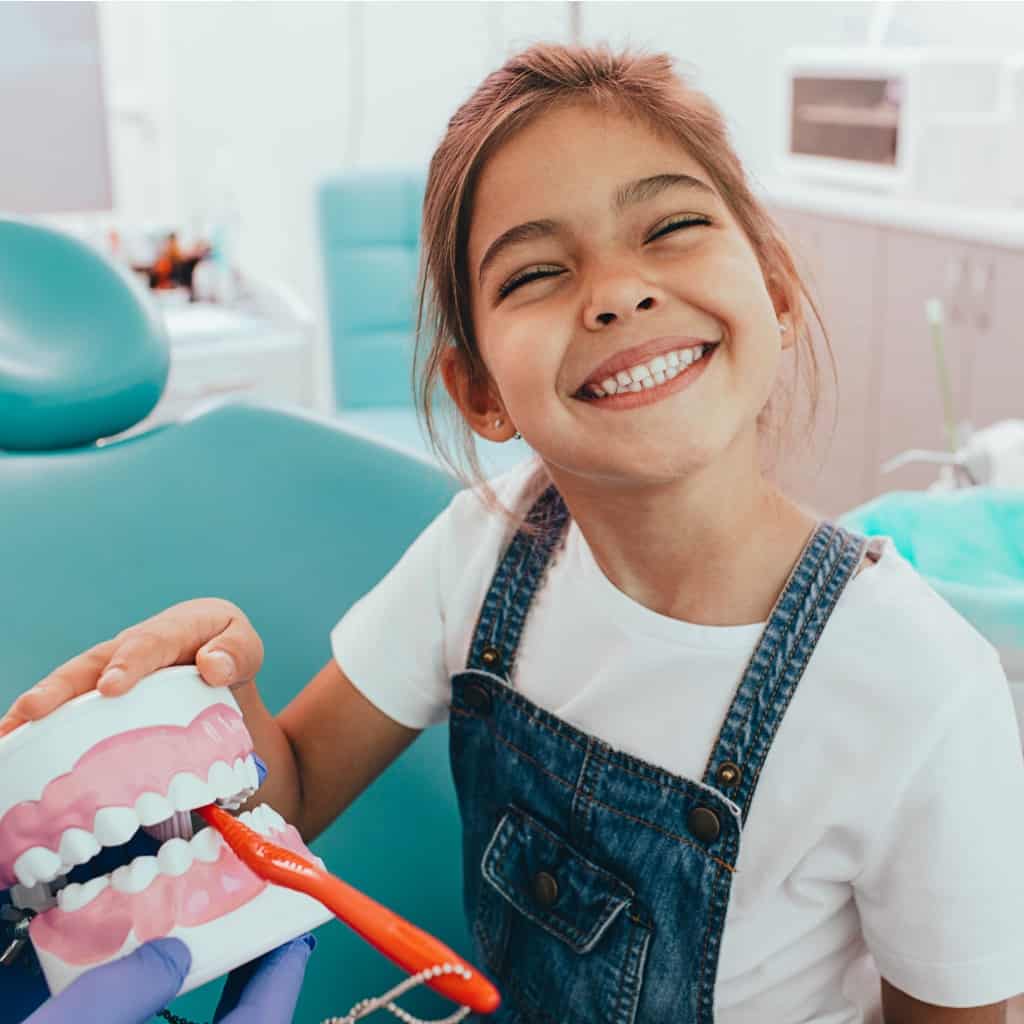

We are a family-friendly dental practice, located in the heart of Stony Plain. We serve the communities of Stony Plain, Spruce Grove, Parkland Village and beyond with all their oral health needs.
© 2023 North Stony Dental • All Services Provided By General Dentists